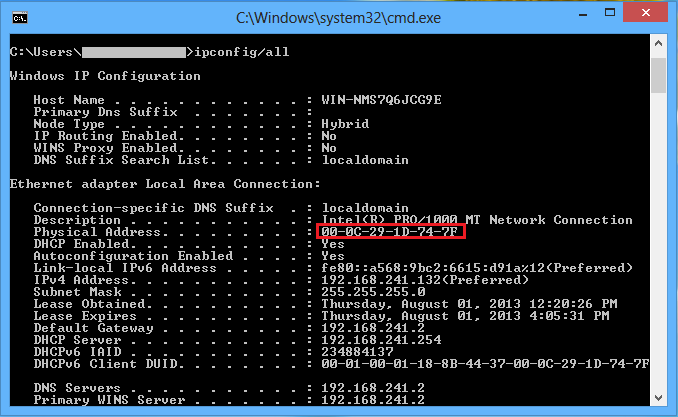

Sometimes it is a " Router on a Stick", where the Layer 2 VLANs are being trunked up to the router for the Layer 3 decisions. The output should look similar to below, the port you are looking for should be listed as the Destination Port: LYKINS-1861#show mac-address-table address 28cf.da1d.1b05ĭestination Address Address Type VLAN Destination PortĢ8cf.da1d.1b05 Dynamic 10 **FastEthernet0/1/1**įind out what device is doing the routing for this switch (you may have to look at the network documentation). Show mac-address-table address *mac-address* show mac address-table address *mac-address* Depending on the Cisco platform, sometimes the command is listed in either form. Now issue one of the following commands (where mac-address is the hardware address from previous step).

Protocol Address Age (min) Hardware Addr Type Interface

The output should look similar to below, and give you the mac-address of the device (I've highlighted the mac-address below in bold). Log into the switch and issue the following command (where ipaddress is the ip address of the host you are trying to locate: show ip arp *ipaddress* In either case, the commands are the same, just run on two different boxes for the layer 2 switch. However on a layer 2 switch, you have to log into both the switch and whatever device is doing the routing to locate the port. On a layer 3 switch, the port can be found by using a few simple commands on the device. That is to say, is the switch only switching and relaying traffic on to a different device for routing, or, is it doing the routing decisions itself via SVIs (switched virtual interfaces). The answer depends on whether the switch is a Layer 2 or a Layer 3 switch.


 0 kommentar(er)
0 kommentar(er)
